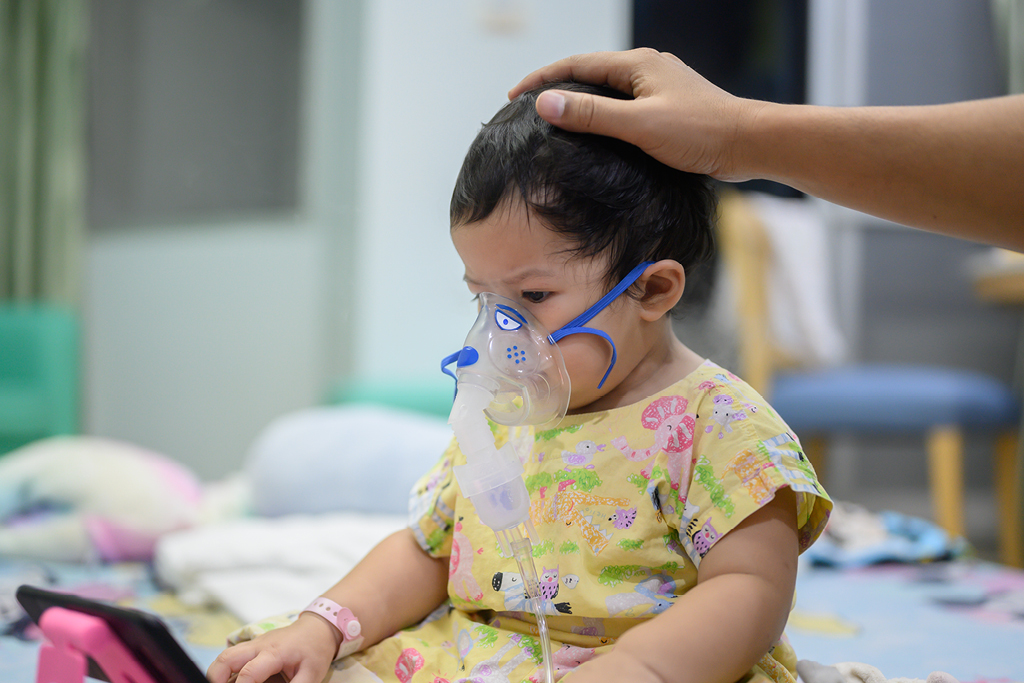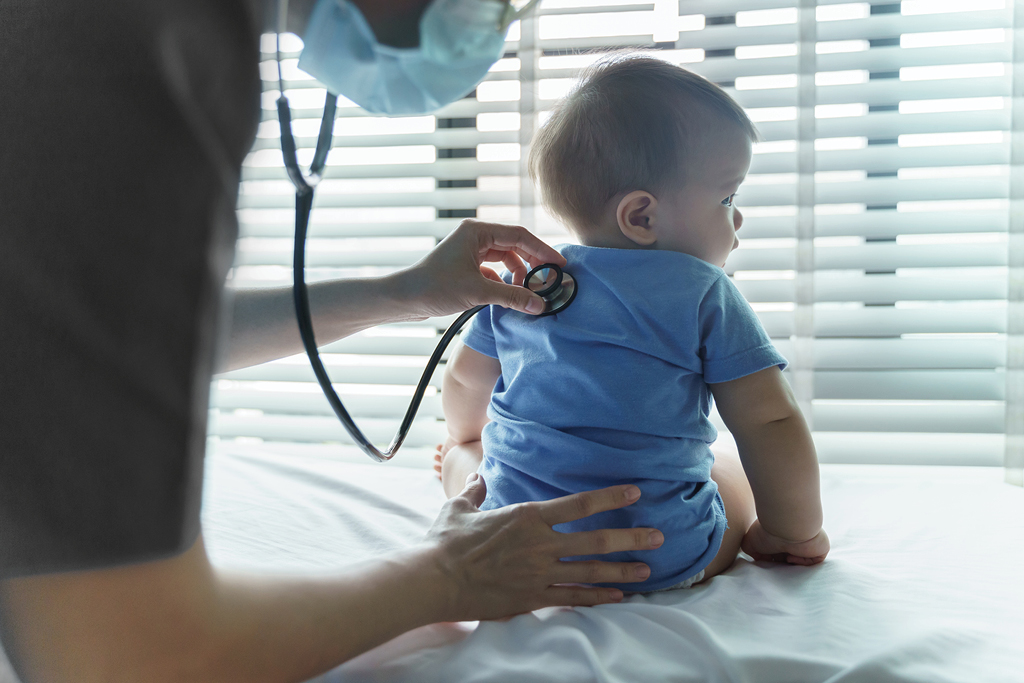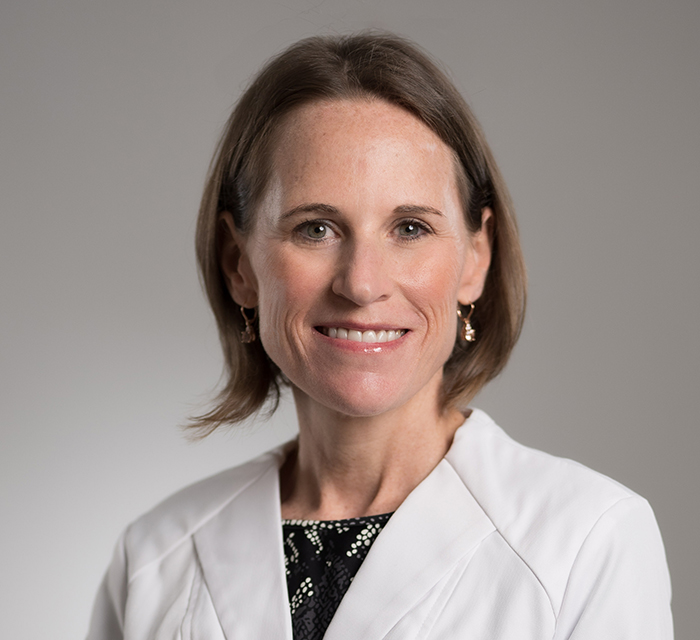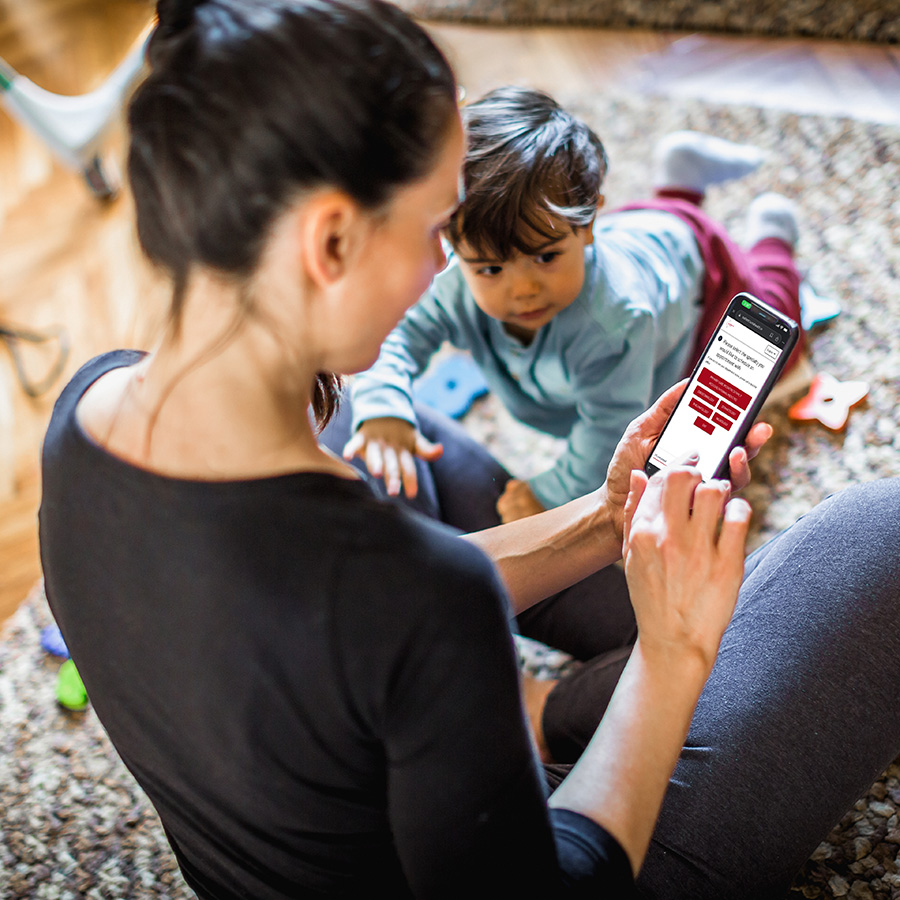
You might not know the name of the virus, but it’s common this time of year.
RSV, or respiratory syncytial virus, induces mild, cold-like symptoms. Most patients recover in a week but can be a prolonged illness in little children, with cough and congestion lasting 3-4 weeks. It can become serious and unpredictable for infants and older people. It’s a common cause of bronchiolitis, which is inflammation of the lung’s small airways.
It can also cause pneumonia in young children, and leads to 100-500 deaths among children younger than age 5 each year.
Masks and social distancing to help prevent COVID-19 helped limit RSV cases in 2020. Relaxed safety measures have resulted in a rise in RSV cases since the spring of 2021. In 2022, RSV and influenza have begun earlier than usual.
What are the symptoms and care for someone with RSV?
Symptoms appear in stages, not always all at once, within 4 to 6 days of infection, and include:
- Coughing
- Decrease in appetite
- Fever (100.4 and higher)
- Runny nose
- Sneezing
- Wheezing
RSV usually begins as a cold, then progresses to bronchiolitis or pneumonia. People with immunodeficiency are at higher risk:
- Chemotherapy patients
- HIV/AIDS patients
- Organ transplant recipients
For infants, symptoms can differ, and include:
- Belly breathing, tugging between the ribs and/or the lower neck
- Irritability
- Decreased activity
- Breathing difficulties or fast breathing
- Head bobbing or rhythmic grunting with breathing
Is my baby laboring to breathe?
Look for chest-wall retractions. These show that a baby must use muscles between the ribs or on the neck to breathe. See if a child’s rib cage becomes concave when he or she inhales and forms an upside-down V under the neck. The best time to assess a baby or child is when they are sleeping, as you can really look at their work of breathing.
How long is RSV contagious?
Usually, 3 to 8 days. Some people can be contagious for four weeks, even without symptoms. Children often get RSV at school or in child care, and then they can spread RSV at home.
RSV can survive for hours on surfaces such as crib rails, keyboards, and tables. It won’t live long on soft surfaces like your hands.
RSV in infants and children
Most children, by age 2, will have had an RSV infection. Usually, it manifests as a mild illness like a common cold but can become serious. Some 1% to 2% of children younger than 6 months with RSV might need hospitalization. Most improve with this care and are back home in a few days.
How do doctors diagnose RSV?
Practitioners can diagnose bronchiolitis with a few questions and a physical exam. Nasal swab tests can specify an RSV or other viral infection. Pediatricians can also order X-rays or oxygen saturation tests to check lung congestion.
RSV can happen anywhere in the U.S., usually in fall, winter, and spring. Peak season is usually fall through spring. It can vary in circulation and severity in your community from year to year.
People don’t develop long-term immunity to RSV. So, they can contract it more than once, even during the same season. Repeat infections are often less severe than the first.
Infection can be difficult for some infants and young children. Each year, 58,000 American kids aged 5 and younger spend time hospitalized with RSV. Those at greatest risk include:
- Premature and low-weight infants. Especially those 6 months and younger and/or those born before 29 weeks of gestation
- Kids 2 years and younger with chronic lung disease or heart disease present from birth
- Children with:
- Compromised immune systems
- Neuromuscular disorders, including those who have difficulty swallowing or clearing mucus
- Siblings
- Exposure to a mother’s smoking during pregnancy or second-hand smoke in the home
- Allergies and eczema
- Formula-based diet, not breastfed
- Childcare environments or living in crowded conditions
RSV in young infants
Infants usually show symptoms. In those 6 months of age and younger, they can include:
- Apnea (pauses while breathing)
- Decreased activity and appetite
- Irritability
Fever doesn’t always occur with RSV infections.
RSV and bacterial infections
Some children with RSV are at greater risk of ear infections and other bacterial issues. Call your physician if your child has:
- Symptoms that worsen or do not start to improve after seven days
- A fever (with a rectal temperature of 100.4°F or higher) and he or she is younger than 3 months old
- A fever that rises to more than 104°F more than once for any child
- Poor sleep or fussiness, chest pain, ear tugging or ear drainage
What if my infant is at high risk for RSV infection?
Adults with contact with infants or young kids should take precautions. Especially if the baby:
- Is premature
- Has chronic lung or heart disease
- Has a weakened immune system
Precautions include:
- Frequent hand washing. You should wash with soap and water with soap and water for at least 20 seconds. Same for children. Alcohol-based hand sanitizer is also recommended. Clean hands help protect you against germs.
- Avoid face-touching. This includes the eyes, nose, and mouth. Don’t touch them with unwashed hands, to prevent germs from spreading.
- Avoid close contact with sick people. Don’t kiss or share cups or eating utensils with those who have cold-like symptoms.
- Cover coughs and sneezes. Use a tissue or the upper shirt sleeve. Discard tissue afterward.
- Clean and disinfect. Target high-touch points, such as doorknobs, mobile devices, and toys. Infected people leave germs behind on things they touch. Also, droplets from a cough or sneeze can contain germs that land on surfaces.
- Stay home. Are you not feeling well? Skip school, work, and other public places. This will help prevent others from becoming infected, too.

Call your health care professional if you or your child are:
- Experiencing worsening symptoms
- Not drinking enough fluids
- Struggling to breathe
Early Symptoms of RSV in infants
RSV might not show severe symptoms at first. Severity can increase in a few days and can include:
- Cough, which may progress to wheezing
- Decrease in alertness or appetite
- Dehydration (one or fewer diapers in eight hours)
- Gray or blue color to lips, skin, or tongue
What about Palivizumab?
It’s for premature infants and young children at risk for severe RSV infection. Palivizumab is a monoclonal antibody treatment that might reduce risk in some infants and certain requirements have to be met before receiving injections. It is limited to children considered at high risk for complications.
Palivizumab doesn’t help cure or treat patients already suffering from serious RSV disease, and it can’t stop RSV infection.
Are you concerned about your child’s risk for severe RSV infection? Speak with your child’s primary care physician.
What’s the best care for someone with RSV?
Most RSV infections resolve themselves in a week or two. RSV doesn’t have a specific treatment. But doctors are developing antivirals and vaccines for it. You can help ease symptoms, though.
- Manage fever and pain. Use over-the-counter fever reducers and pain relievers. Acetaminophen and ibuprofen work well. Remember to not give aspirin to children. Some contain ingredients that aren’t appropriate for children or with the use of cold and cough medicines.
- Increase fluid intake. This is essential to avoid dehydration.
- Consult your physician. This is especially important before giving your child nonprescription cold medicines.
- Use nasal saline. A bit of gentle suctioning can ease breathing and feeding problems.
- Turn on a cool-mist humidifier. It can help break up mucus and help the patient breathe easier.
- Suction a baby’s nose before feeding. Breastfed babies don’t need formula or water supplementation.
- Express breast milk. If a child struggles to breastfeed, express breast milk into a cup or bottle.
Ways to help prevent RSV
- Vaccinate. Keep kids current on immunizations. Get annual flu shots for the whole family, especially those with exposure to infants. Tdap protects against whooping cough also.
- Crowd control. This involves other children and anyone with a cold. Teach them to cover coughs and sneezes.
- Limit germs. Disinfect objects and surfaces.
- Avoid smoke. Exposure to smoke from tobacco and other substances can be detrimental.
- Breastfeed. Breast milk contains special antibodies to help your baby fight infections.
Contact the Wilmington Health pediatric department
Wilmington Health Pediatrics works to promote healthy childhood development. We provide preventive medicine and wellness care for patients, from birth to age 18.
See us for WH Anywhere virtual visits or in-office appointments. You can always text or call to make one.

Written by Suzanne Smith, MD, MPT, FAAP
